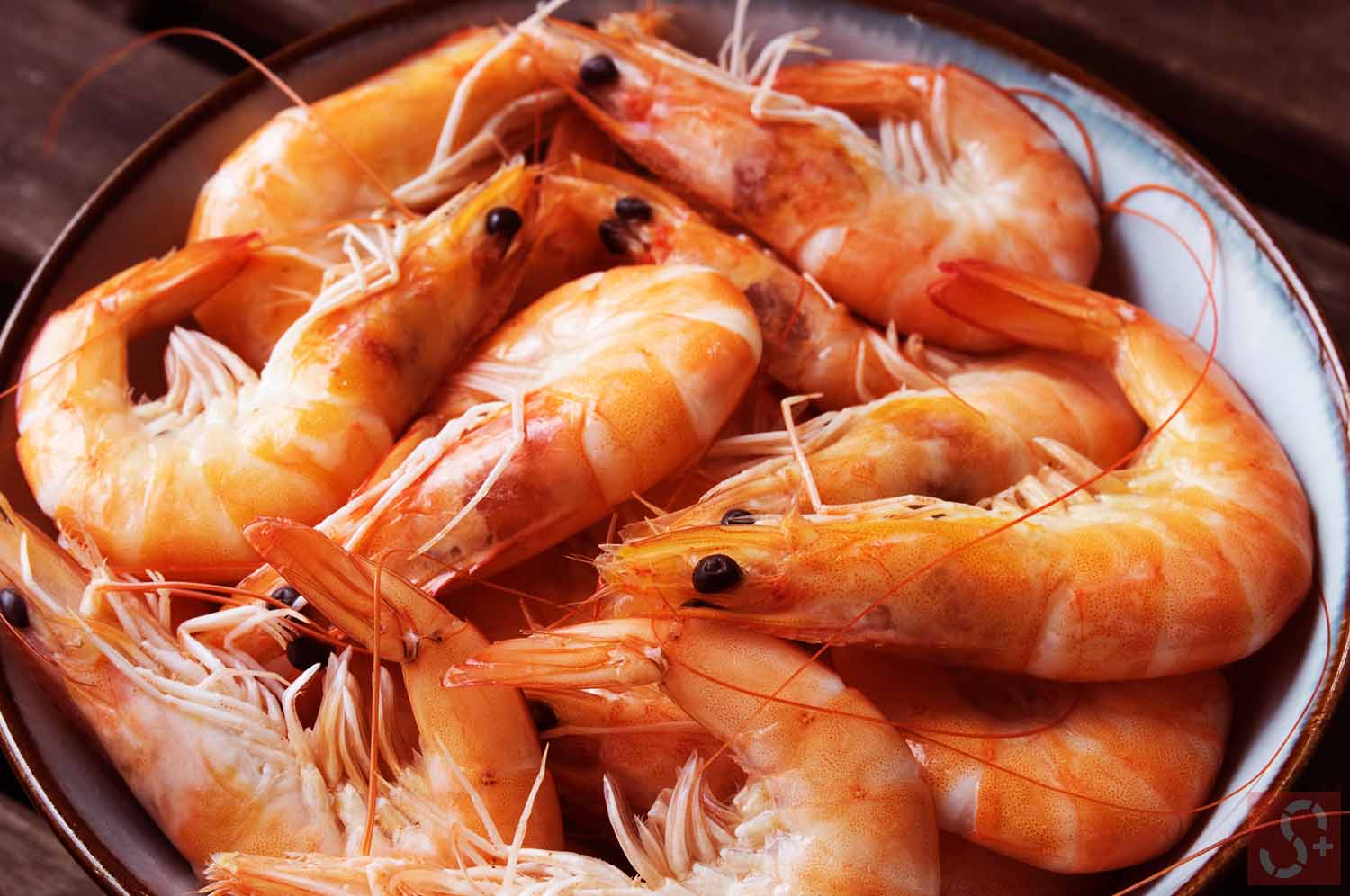A majority of the world’s population enjoys eating shrimp, but there is a slight variation in preparing shrimp that exists between cultural lines. Namely, western cuisine, and eastern cuisine.
In most Asian cultures, shrimp and prawns are eaten together with their shells on.
In western cuisine, shrimp is usually sold and served with their shells removed, leaving you with just the tasty morsels of shrimp meat to cook and consume.
You’re probably wondering right now: Is it safe to eat the shells of shrimp or prawns? Well, here’s the answer:
Can you eat shrimp shells?
Yes, shrimp shells are safe to eat. Shrimp and prawn shells are simply basic biomaterials at its core. This means that they do not contain any toxic or bad compounds that make you sick. However, this also means that they do not contain any inherent health benefits comparable to superfoods we know, like carrots, garlic, oats, and such.
Can you eat shrimp heads?
Yes, can! They are used in cooking, but some enjoy biting into the crunchy shrimp heads on their own.
If you’re inspired to try shrimp heads in your next dish, remember to remove the shrimp veins, which is the long vein that runs along the entire back of the shrimp.
It is perfectly safe to eat, but most people find it gross – as it contains all the bio waste of the shrimp before they excrete it out of their tail ends.
What do shrimp and prawn shells taste like?
Ok, so we now know that eating shrimp shells is safe. But what do they even taste like?
The truth is that raw, uncooked shrimp shells contain virtually no flavor whatsoever. It’s only when you season them and marinate them during prep and cooking that they start to create a flavor profile that truly shines after you finish cooking.
This is because shrimp and prawn shells tend to trap all the spices and flavors of the ingredients that it cooks with. And this just makes cooked shrimp and prawn shells taste super delicious, elevating the flavor of the entire dish itself.
And if you’re making a broth with shrimp and prawns, get ready for flavor. The shrimp shells add intensity and a depth of flavor to your broth, making it absolutely delicious in more ways than one.
This is why shrimp and prawns are cooked shell-on in broths like gumbo, and in Asian dishes like prawn noodles.
Additionally, if you’re wondering if you can eat the shrimp tails as well – you’re in luck! Shrimp tails are made of the same stuff as the shells, and can be eaten in the same way. The only difference is the fact that it’s a slightly different texture from the shells.
The nutritional benefits of shrimp and prawn shells
While saying that however, shrimp and prawn shells do contain a notable amount of keratin in them. Keratin is essentially a protein, which means consuming shrimp and prawn shells does add a nutritional benefit to your diet, while giving you an extra boost to the flavor of your food, too!
Best methods to cook shell-on shrimp and prawns
Most Asian cultures tend to fry up their shrimp with the rest of the ingredients in their dishes with the shells still on.
This method makes the shells more brittle, as the heat breaks down the shells and makes them softer and easier to eat once fully cooked.
You’ll get a pretty unique texture when you eat shell-on shrimp this way, however, as shrimp shells absorb and elevate all the different flavors of the ingredients that go into the dish, you’ll end up with a rich and delicious flavor profile.
Cereal prawns are a popular dish in Asian cuisine, and this cooking method gives shell-on prawns an absolutely delicious texture that leaves you wanting more with each bite.
Baking or broiling is an easy way to prepare shell-on shrimp, but it is still quite a niche food, most commonly found in New Orleans and Cajun cuisine.
The more popular method is to cook shell-on shrimp and prawns in a broth or stock, like gumbo.
This long and slow cooking method absorbs all the seafood flavor from the shrimp and prawns into the broth, while slowly dissolving the shells to create a barely-there film of shells that is easy to eat, even for those who dislike shells.
Considerations when cooking shell-on shrimp
Before you dive headfirst into your shell-on shrimp cooking adventures, you should note some health concerns when it comes to cooking and eating shrimp or prawns.
The two most common concerns when it comes to shrimp and prawns are gout and allergies.
If you’ve read horror stories about people going into the ICU after a shellfish buffet, we don’t mean to scare you – but most of these stories are, in fact, true.
Shellfish allergies are one of the most dangerous allergies that can affect a person who suffers from them. Even small amounts of shellfish can trigger life-threatening allergic reactions, so if you or your guests have any shellfish allergies, always check first before cooking and serving your special shell-on shrimp and prawn dish for dinner.
Gout is a health condition that is caused by a buildup of uric acid in the body. Consumption of shrimp and prawns are known to cause a notable increase in the uric acid in the body, aggravating pre-existing gout conditions or triggering a new one.
Check with your doctor if you are at risk for gout, especially if you don’t regularly consume shrimp and prawns in your diet.
Conclusion
Shell-on shrimp and prawns are a tasty way to elevate the flavors of your dishes, thanks to the way the shells trap spices and seasonings it cooks with.
In fact, some people take it a step further and add shrimp shell powder, which is ground, powdered shrimp shells, into their cooking as a seasoning, which is a testament to how versatile this crustacean really is, and why so many people all over the world love eating it.
Photo altered by simplelifesaver.com | Photo attribution: Daniel Klein








